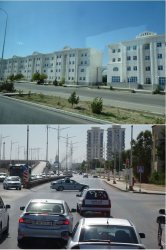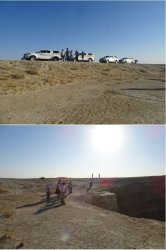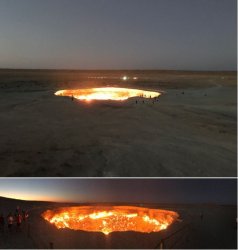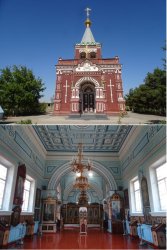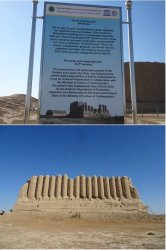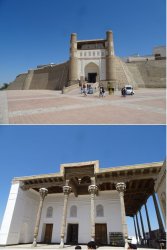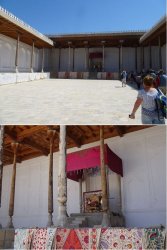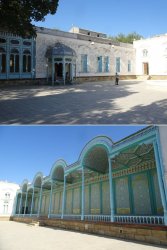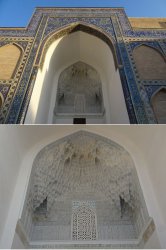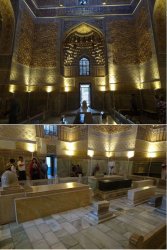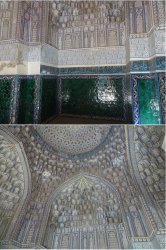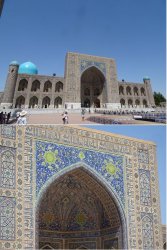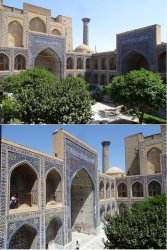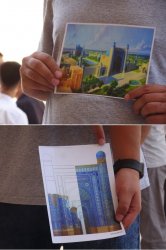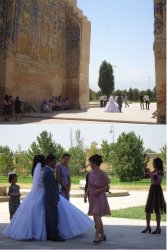- Joined
- Jun 7, 2006
- Posts
- 11,544
- Qantas
- LT Gold
Stadium built for the Asian Games in 2017.


Starting to look more mundane and busier as we get out of show-town.


The museum. We were the only group – in fact, about the only people - and the guide gave a rote spiel as she took us around. Other staff just stood around. Quite bizarre.
Apparently, the flagpole in the square opposite has a jet engine in the base to keep the flag flying when the wind drops.


Trying to capture some of Las Vegas-like nature of the place at night from the moving vehicle.
A very strange day…
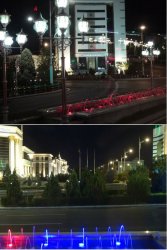




Starting to look more mundane and busier as we get out of show-town.


The museum. We were the only group – in fact, about the only people - and the guide gave a rote spiel as she took us around. Other staff just stood around. Quite bizarre.
Apparently, the flagpole in the square opposite has a jet engine in the base to keep the flag flying when the wind drops.


Trying to capture some of Las Vegas-like nature of the place at night from the moving vehicle.
A very strange day…

















